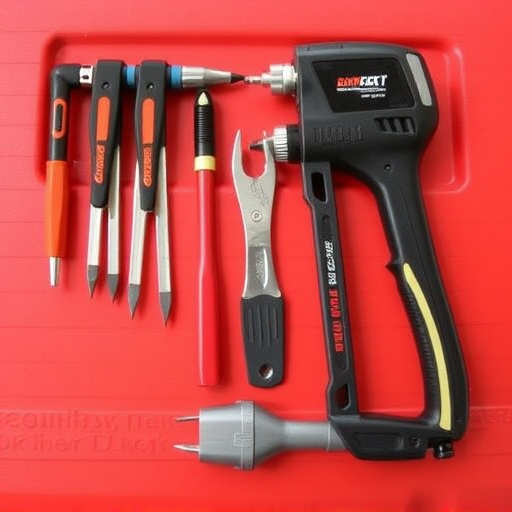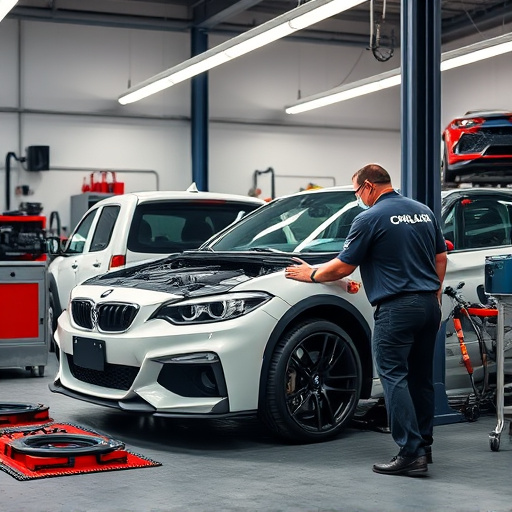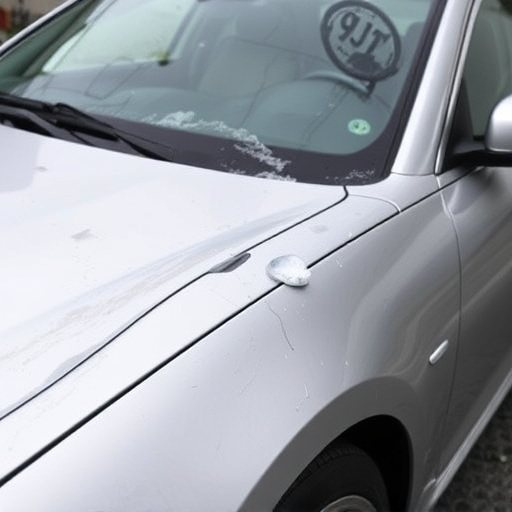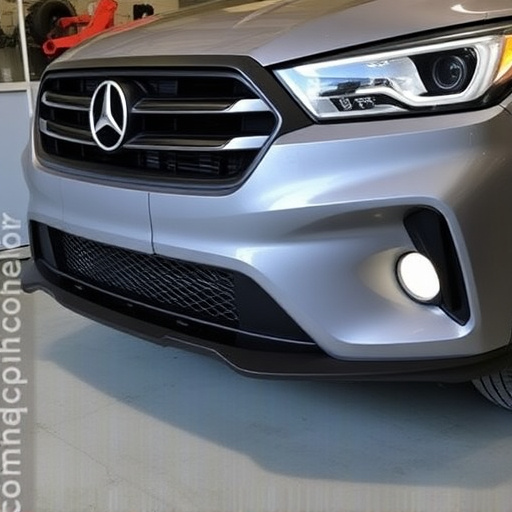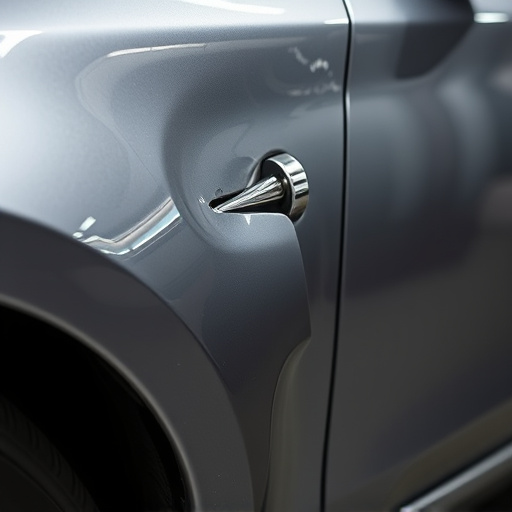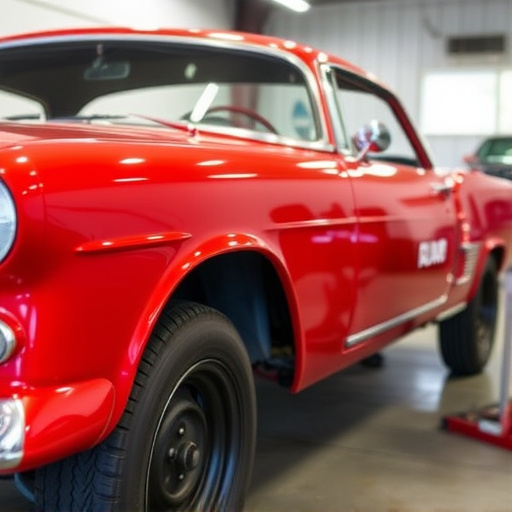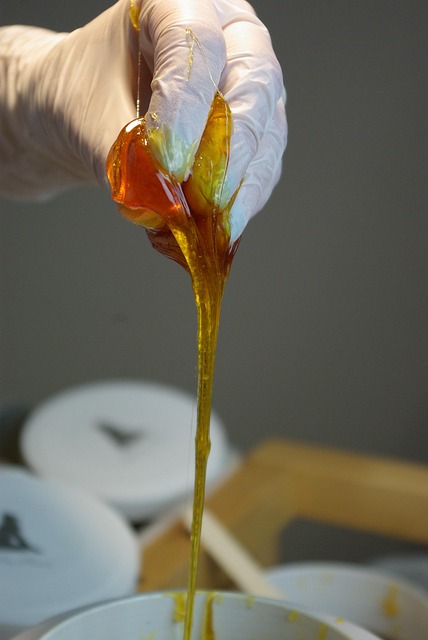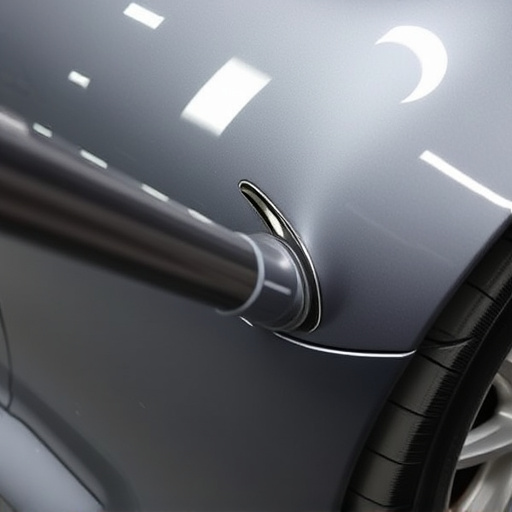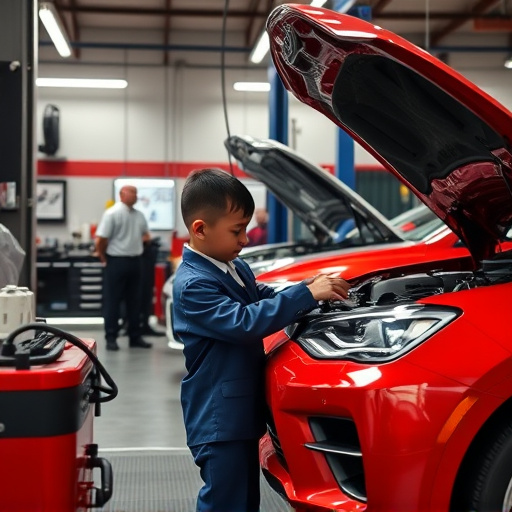Vehicle body repair begins with a thorough assessment of both visible and hidden damage across all components. The initial evaluation determines the scope of work, from minor repairs to complex structural work. Accessing quality parts through trusted distributors expedites the process. Skilled labor and expert painting are crucial for precise restoration and achieving factory-like finishes, ensuring vehicles return to optimal condition.
Understanding the timeline for vehicle body repair completion is crucial for any car owner. This comprehensive guide delves into the key stages, from assessing damage—the initial step in ensuring precision—to parts acquisition and preparation, which can vary based on availability and quality. The heart of body repair lies in labor and painting, where skilled technicians transform damaged panels into like-new conditions. By exploring these aspects, you’ll gain valuable insights into what contributes to a successful and timely vehicle body repair.
- Assessing Damage: The Initial Step in Repair
- Parts Acquisition and Preparation Time
- Labor and Painting: The Heart of Body Repair
Assessing Damage: The Initial Step in Repair
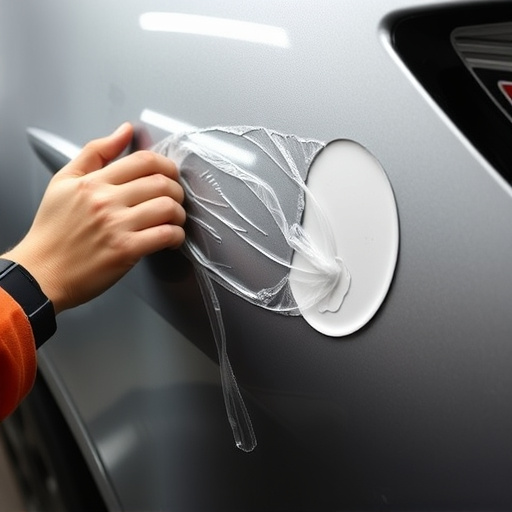
Assessing damage is the crucial first step in any vehicle body repair process. After a fender bender or other incident, it’s essential to thoroughly inspect the car for both visible and hidden damage. This includes examining the exterior for dents, scratches, cracked paint, and damaged panels, as well as checking the interior and mechanical components for any signs of compromise. Modern vehicles are equipped with advanced safety features that can help mitigate damage during a collision, but it’s still vital to perform a meticulous assessment to ensure all issues are identified and addressed appropriately.
The initial damage assessment plays a pivotal role in determining the scope of subsequent repairs. Minor scratch repair might be suitable for surface-level aesthetics, while more significant dents or structural damage may require complex techniques like metal welding or panel replacement. Vehicle body repair services offer specialized expertise to handle these varying levels of complexity, ensuring that each car receives tailored care aligned with its specific needs and restoring it to optimal condition.
Parts Acquisition and Preparation Time
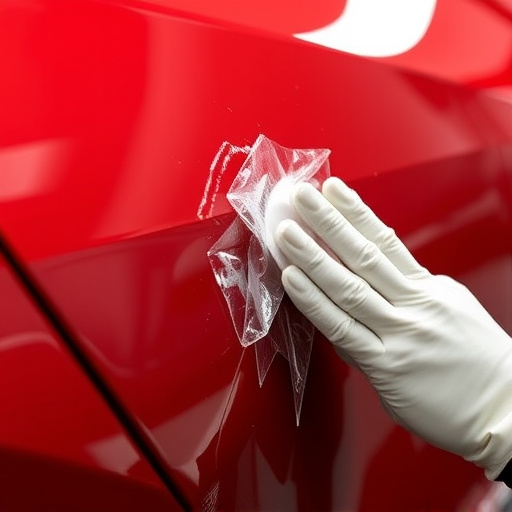
Acquiring the necessary parts for vehicle body repair is a critical step that can significantly impact the overall completion time. It involves careful planning and communication with trusted suppliers to ensure that all required components are readily available when needed. Many collision repair shops maintain relationships with reputable distributors, allowing for quicker access to genuine or certified-like replacement parts. This streamlined process not only saves time but also ensures the quality and safety of the repairs.
Preparation time is equally vital. Once the parts are sourced, they need to be inspected, cleaned, and, in some cases, customized to fit the specific vehicle model. Skilled technicians perform these tasks meticulously, ensuring that every part is ready for installation. This stage often involves complex procedures, especially with modern vehicles’ advanced safety features and intricate designs. Efficient fleet repair services recognize the value of optimized preparation, enabling faster turnaround times for autobody repairs.
Labor and Painting: The Heart of Body Repair
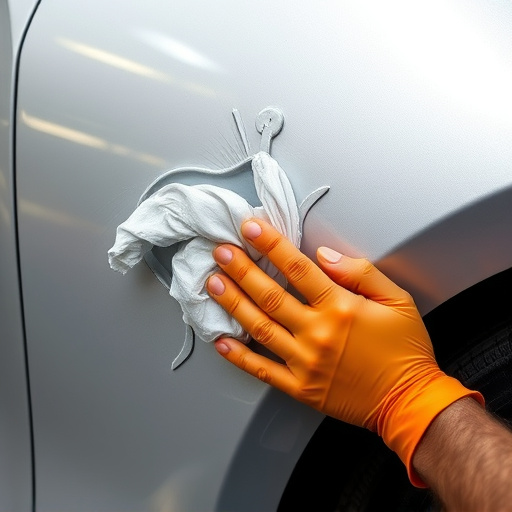
The heart of any vehicle body repair lies in the meticulous labor and skilled painting that transforms a damaged car into a like-new one. Labor involves a series of intricate steps, from disassembling parts to inspecting the damage, then using specialized tools to fix or replace affected components. This crucial phase ensures that every curve and contour of the vehicle’s body is restored accurately.
Painting, an art in itself, requires a deep understanding of color theory and application techniques. Skilled technicians prepare the surface meticulously, ensuring it’s free from contaminants before applying primer and finish coats. This meticulous process not only matches the original factory finish precisely but also protects the vehicle’s body from future damage and corrosion. Whether addressing minor scratch repairs or complete car body restoration, the labor and painting stages are pivotal in achieving outstanding results for any vehicle body repair.
Understanding the timeline for completing a vehicle body repair is crucial for managing expectations. By assessing damage, acquiring parts, and factoring in labor and painting time, repairs can be estimated with greater accuracy. This knowledge empowers both owners and technicians to make informed decisions, ensuring that every step of the process is efficiently navigated for optimal vehicle body repair outcomes.
